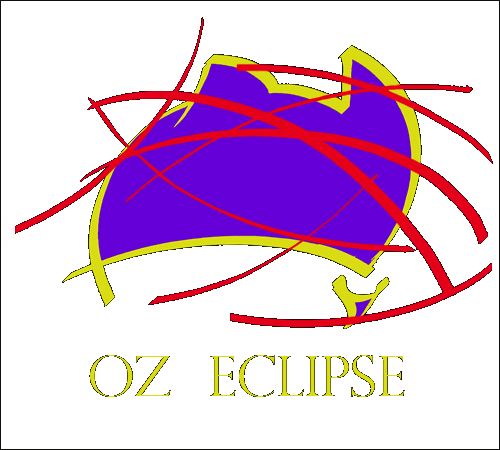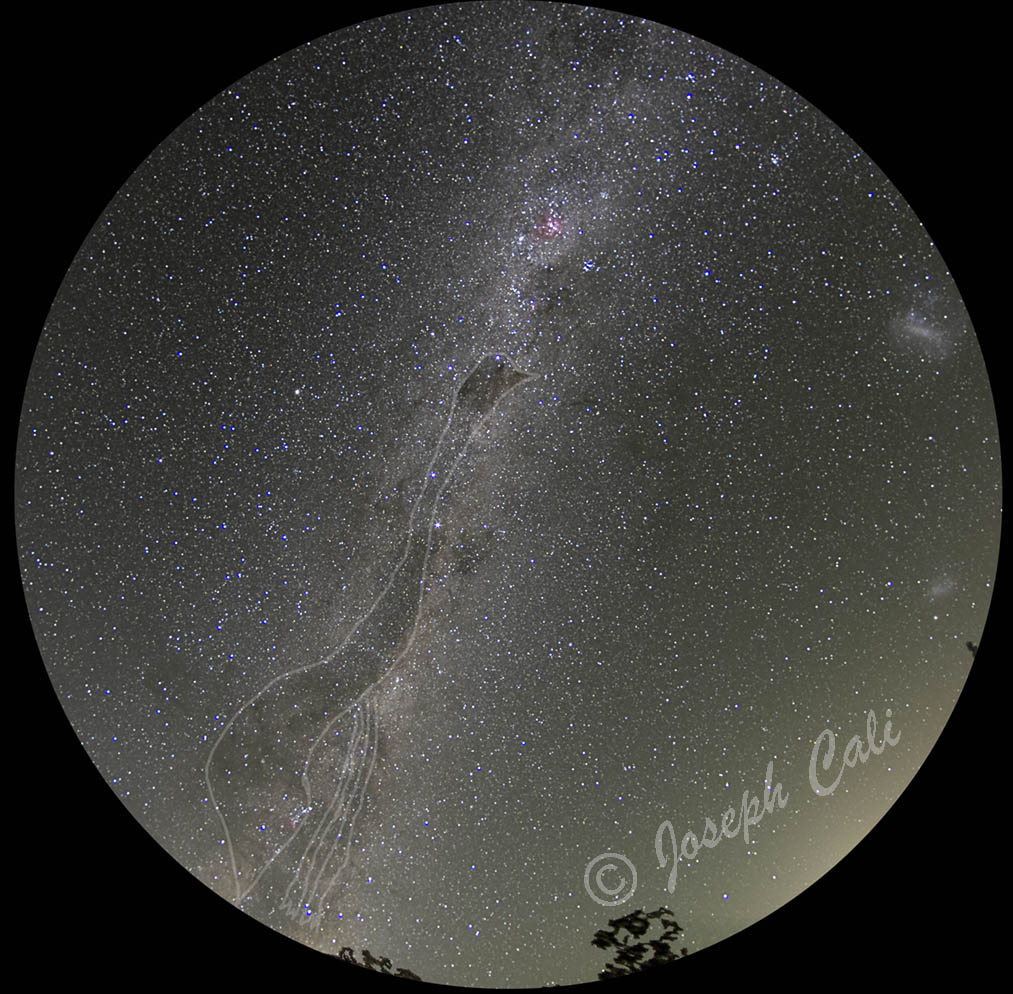
 |
WAITING FOR THE
SHADOW
Astronomical Observing and Photography |
| PHOTOGRAPHY | ECLIPSES | ASTRONOMY | HOME PAGE |
 |
| PHOTOGRAPHY | ECLIPSES | ASTRONOMY | HOME PAGE |